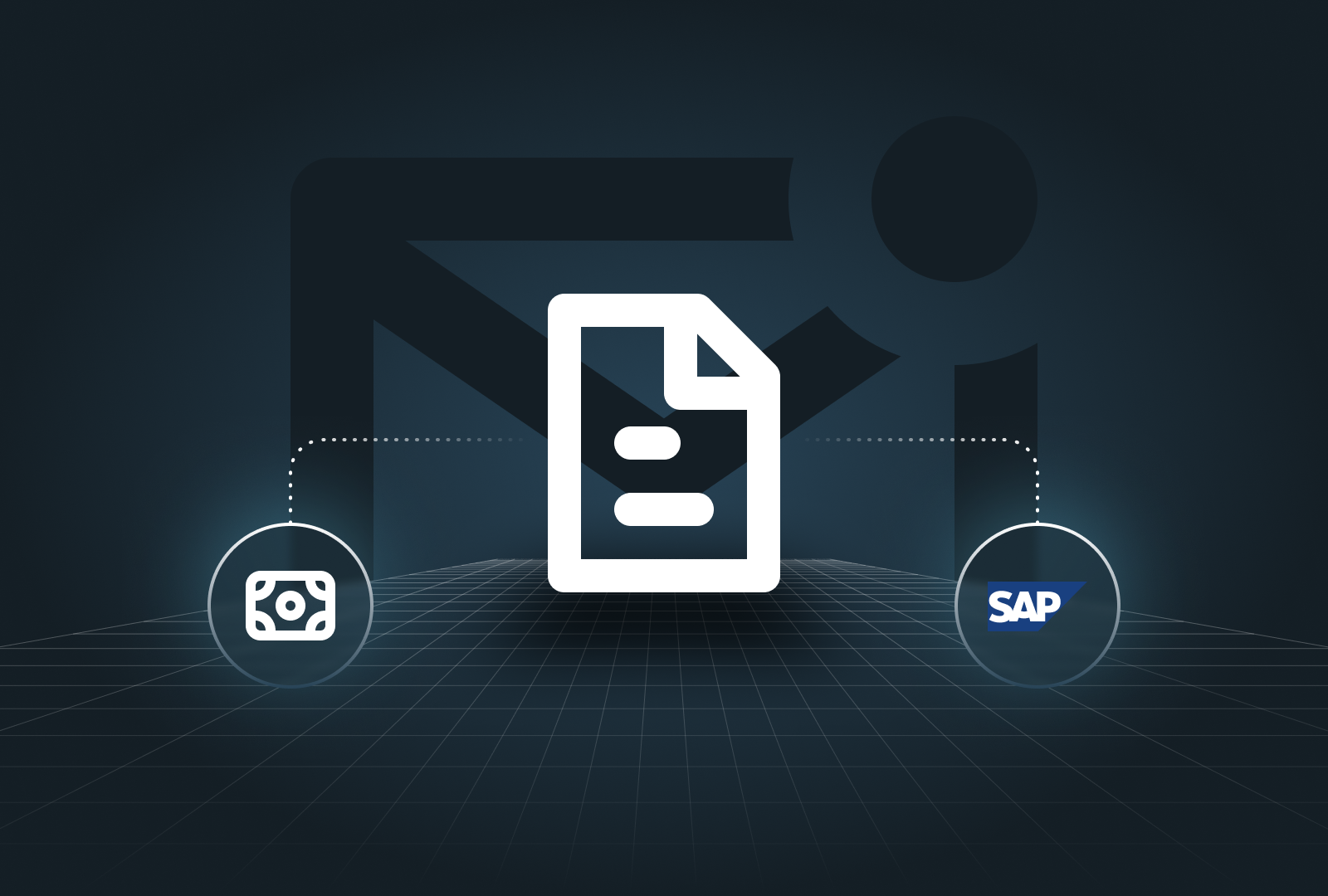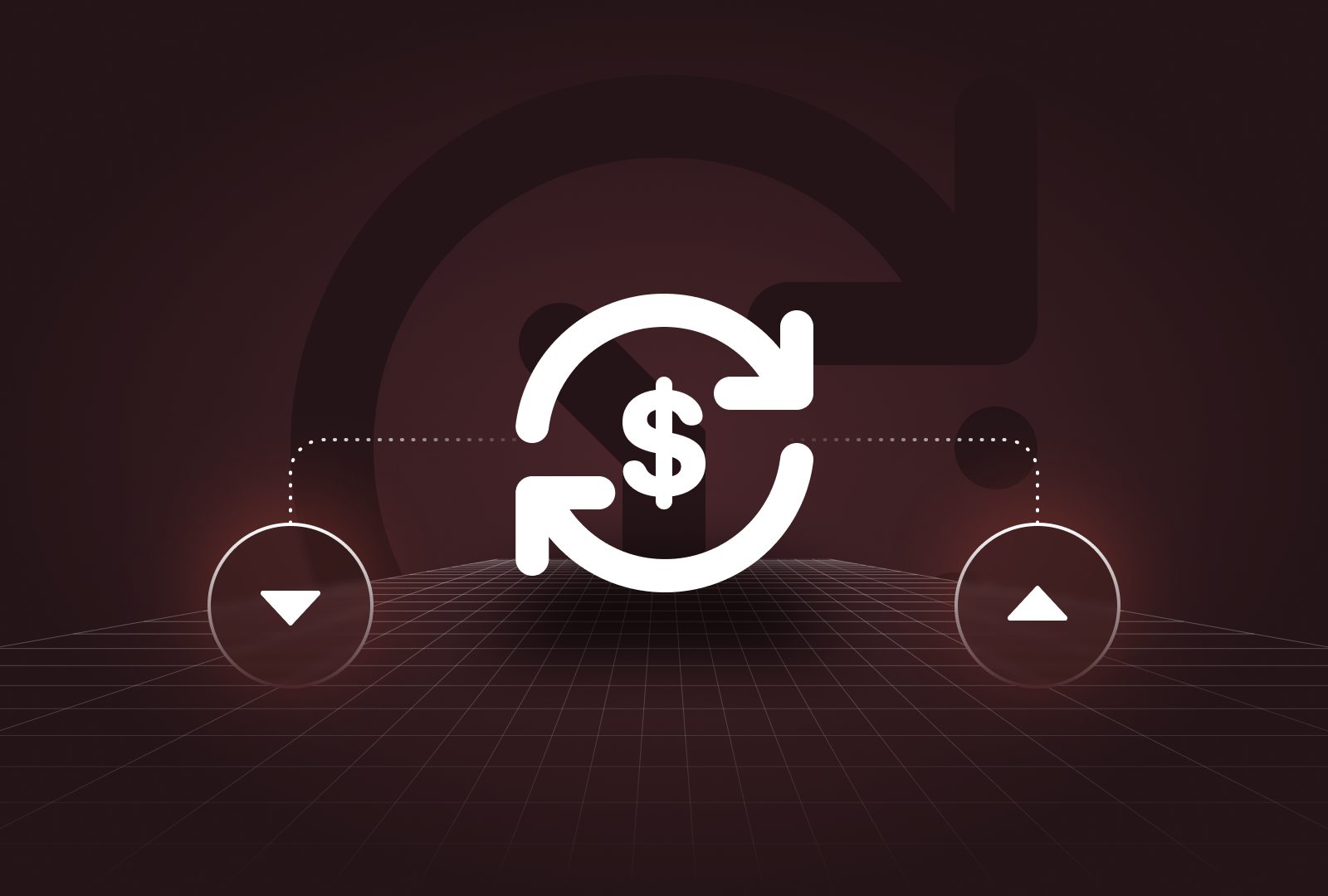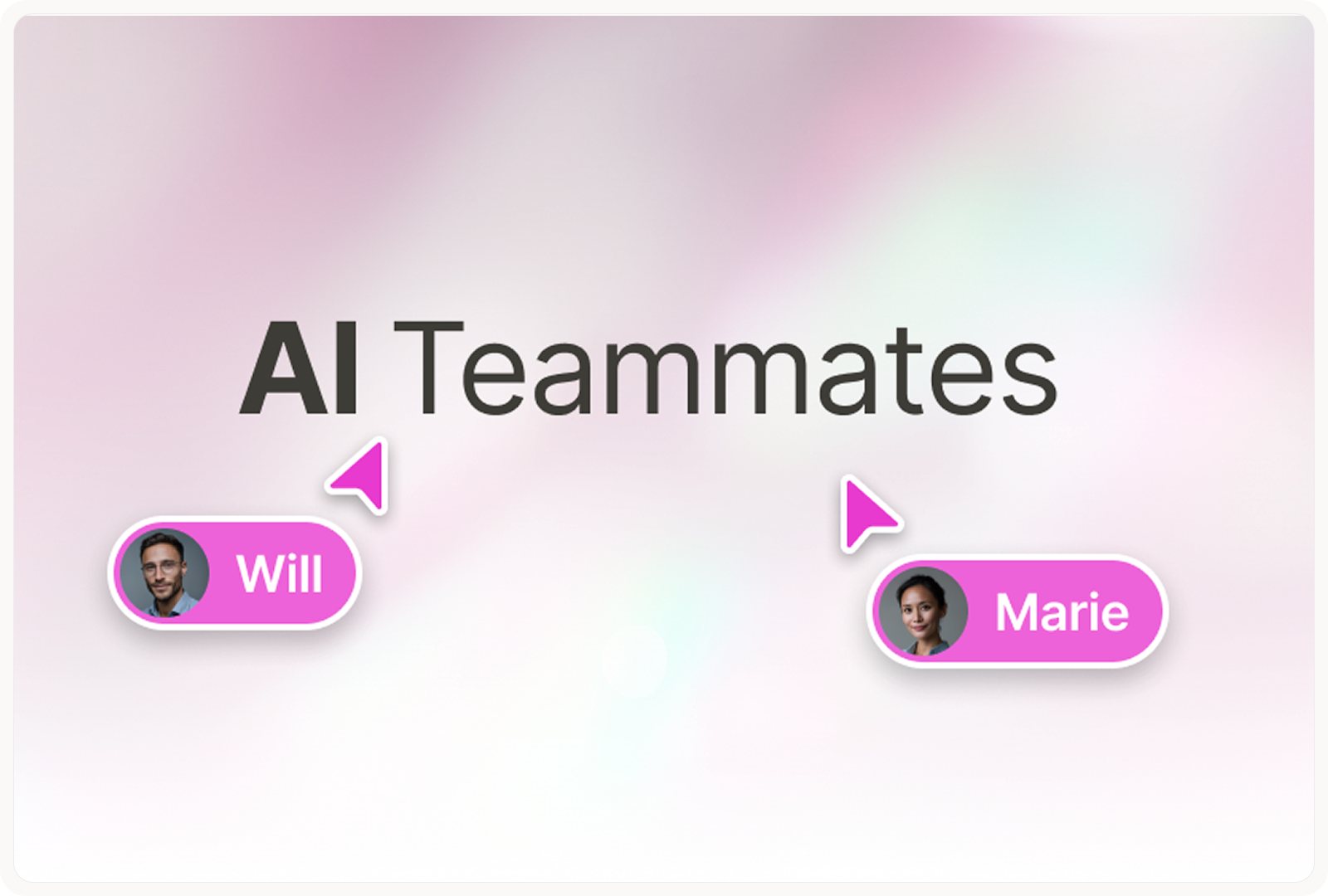Step-by-step plan for modernising treasury operations
In today's fast-paced financial environment, manual treasury operations aren't just inefficient—they're a strategic liability. Forward-thinking CFOs and treasurers recognize that modernizing treasury isn't simply about keeping pace with technology; it's about unlocking hidden value and gaining a competitive edge.
This roadmap provides a clear, actionable path to transform your treasury function from manual spreadsheets to a digital powerhouse within 12 months, empowering your team to become strategic business partners rather than transaction processors.
Phase 1: Assessment & Vision Setting (Months 1-2)
Goal
Establish your current state baseline and define a compelling vision for your future treasury function.
Key Actions
1. Conduct a comprehensive treasury diagnostic
- Map all existing processes and identify manual touchpoints
- Assess technology stack and integration points
- Document pain points and inefficiencies
- Benchmark against industry standards
2. Define your treasury North Star
- Align treasury objectives with broader business strategy
- Identify key value drivers and prioritize initiatives
- Set ambitious but achievable transformation goals
- Secure executive sponsorship and resource commitments
3. Develop a detailed transformation roadmap
- Sequence initiatives based on value, complexity, and dependencies
- Establish clear ownership and accountability
- Define success metrics for each phase
- Create a communication plan for stakeholders
Metrics to Track
- Completion of process mapping (%)
- Identified automation opportunities (#)
- Stakeholder alignment score (1-10)
- Estimated efficiency gains from automation (%)
Common Pitfalls
- Underestimating the importance of stakeholder buy-in
- Setting overly ambitious timelines without adequate resources
- Focusing solely on technology without addressing process redesign
- Failing to establish baseline metrics for measuring progress
According to PwC's 2025 Global Treasury Survey, 38% of large companies still manually collect and consolidate forecasting data, while 76% cite poor data quality as a major forecasting challenge. This highlights the critical need for treasury transformation, even among sophisticated organizations.
Phase 2: Process Automation & Data Integration (Months 3-5)
Goal
Eliminate manual processes and create a unified data foundation for your treasury operations.
Key Actions
1. Standardize and streamline core processes
- Redesign workflows to eliminate redundancies
- Standardize payment formats and approval workflows
- Implement straight-through processing where possible
- Develop clear SOPs for all treasury activities
2. Establish bank connectivity infrastructure
- Implement secure, API-based bank connections
- Standardize statement formats and reconciliation processes
- Automate daily cash position reporting
- Enable real-time payment status tracking
3. Create a centralized data repository
- Establish a single source of truth for treasury data
- Implement data quality controls and validation rules
- Define data governance policies and ownership
- Enable seamless integration with other financial systems
Metrics to Track
- Reduction in manual touchpoints (%)
- Time saved on routine processes (hours/week)
- Payment straight-through processing rate (%)
- Bank statement auto-reconciliation rate (%)
- Data quality score (%)
Common Pitfalls
- Automating broken processes without redesigning them first
- Underestimating the complexity of bank connectivity
- Neglecting data quality and governance
- Failing to involve IT security early in the process
Phase 3: Real-Time Visibility & Analytics (Months 6-8)
Goal
Transform raw financial data into actionable insights with real-time dashboards and analytics capabilities.
Key Actions
1. Implement real-time cash visibility
- Deploy dashboards showing global cash positions
- Create drill-down capabilities for transaction details
- Enable currency exposure visualization
- Implement liquidity forecasting tools
2. Develop analytics capabilities
- Build custom reports for different stakeholders
- Implement trend analysis and variance reporting
- Create scenario modeling capabilities
- Enable self-service analytics for business partners
3. Establish KPI tracking framework
- Define treasury performance metrics
- Create automated KPI dashboards
- Implement alerts for threshold breaches
- Enable regular reporting to executive leadership
Metrics to Track
- Time to compile global cash position (minutes)
- Forecast accuracy improvement (%)
- Dashboard adoption rate among stakeholders (%)
- Decision-making cycle time reduction (%)
Common Pitfalls
- Creating dashboards without understanding user needs
- Overwhelming users with too much data
- Focusing on vanity metrics instead of actionable insights
- Neglecting mobile access for executives
According to KPMG, enhanced data and analytics capabilities are the top contributor to improved results from digital transformations, with 88% of US companies reporting improvements in performance and profits from technology-driven initiatives.
Phase 4: AI-Driven Forecasting & Optimization (Months 9-10)
Goal
Leverage artificial intelligence to improve forecast accuracy and optimize treasury operations.
Key Actions
1. Implement machine learning forecasting models
- Train models on historical cash flow patterns
- Incorporate external factors affecting cash flows
- Enable continuous learning from forecast variances
- Develop probabilistic forecasting capabilities
2. Deploy intelligent cash optimization
- Implement automated cash pooling recommendations
- Develop investment optimization algorithms
- Create FX hedging recommendation engines
- Enable working capital optimization insights
3. Establish AI governance framework
- Define model validation procedures
- Implement explainability requirements
- Establish human oversight mechanisms
- Create continuous improvement processes
Metrics to Track
- Cash flow forecast accuracy improvement (%)
- Idle cash reduction (%)
- FX hedging cost reduction (%)
- Working capital optimization savings ($)
Common Pitfalls
- Implementing AI without sufficient historical data
- Trusting models without proper validation
- Failing to blend human judgment with AI recommendations
- Neglecting model maintenance and retraining
Phase 5: Continuous Improvement & Governance (Months 11-12)
Goal
Establish mechanisms to sustain and enhance your treasury transformation gains.
Key Actions
1. Implement treasury governance framework
- Establish clear policies and procedures
- Define roles and responsibilities
- Create risk management protocols
- Implement compliance monitoring
2. Develop talent and capabilities
- Upskill existing team members
- Define new roles and competencies
- Create training and development plans
- Foster a culture of innovation
3. Establish continuous improvement mechanisms
- Implement regular process reviews
- Create feedback loops from stakeholders
- Develop innovation pipeline
- Plan for next-generation capabilities
Metrics to Track
- Policy compliance rate (%)
- Team capability assessment scores
- Innovation ideas generated and implemented (#)
- Stakeholder satisfaction scores
Common Pitfalls
- Treating governance as a one-time exercise
- Underinvesting in team development
- Failing to celebrate and communicate wins
- Not planning for the next horizon of transformation
Key Takeaways
- Start with vision, not technology - Define what success looks like before selecting tools.
- Process before automation - Redesign broken processes rather than automating inefficiency.
- Data is the foundation - Clean, integrated data is essential for digital treasury success.
- Balance quick wins with strategic initiatives - Build momentum with visible early successes.
- People are the key differentiator - Invest in upskilling your team to maximize transformation value.
The journey from manual to digital treasury is challenging but immensely rewarding. Organizations that successfully navigate this transformation gain not just efficiency, but strategic advantage through better decisions, reduced risk, and optimized financial performance.
Learn how Payflows helps treasury teams accelerate their digital transformation journey with our AI-native, modular enterprise finance platform that streamlines financial processes and generates accurate entries at scale.





.png)
.png)





.png)



